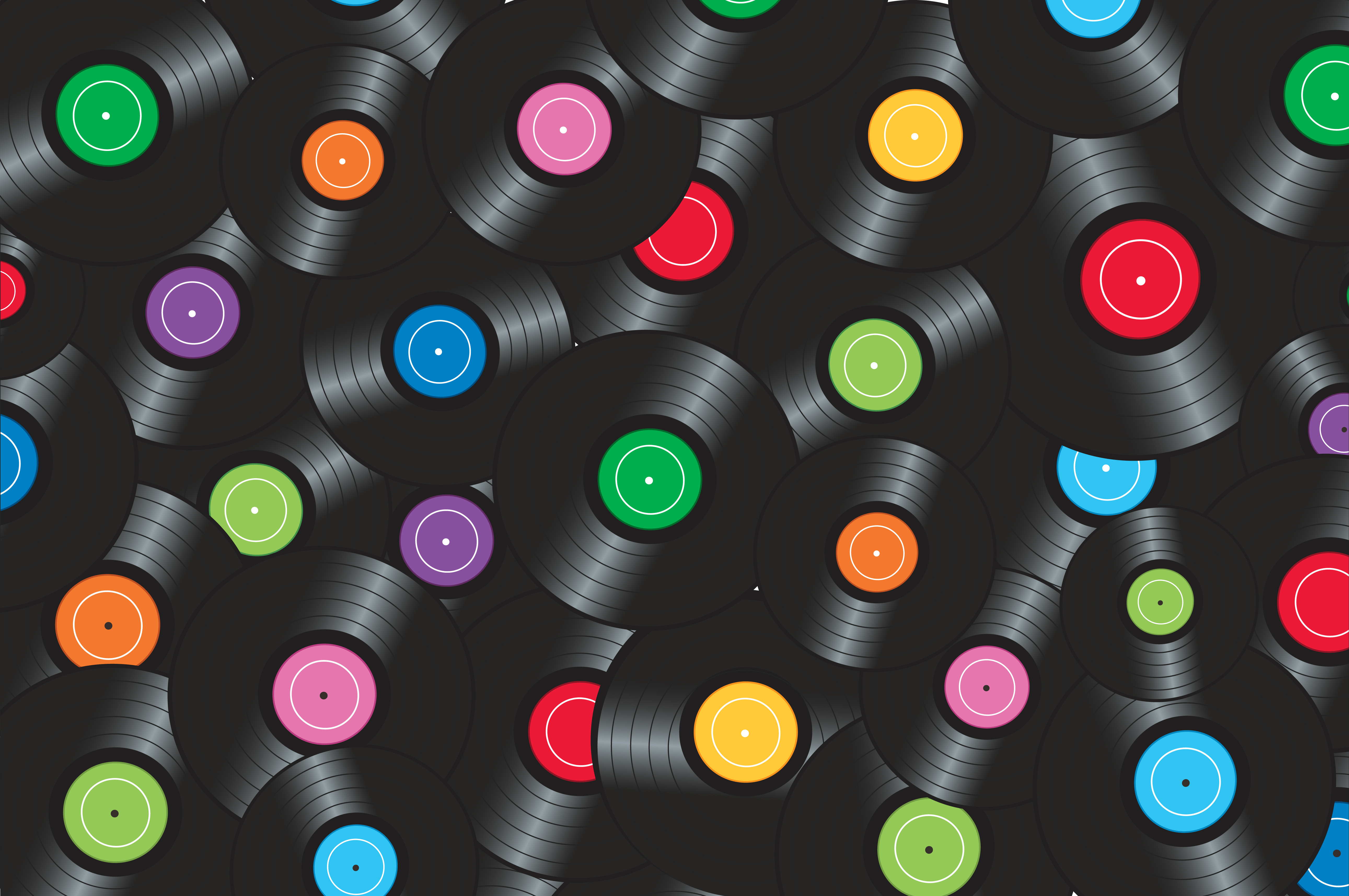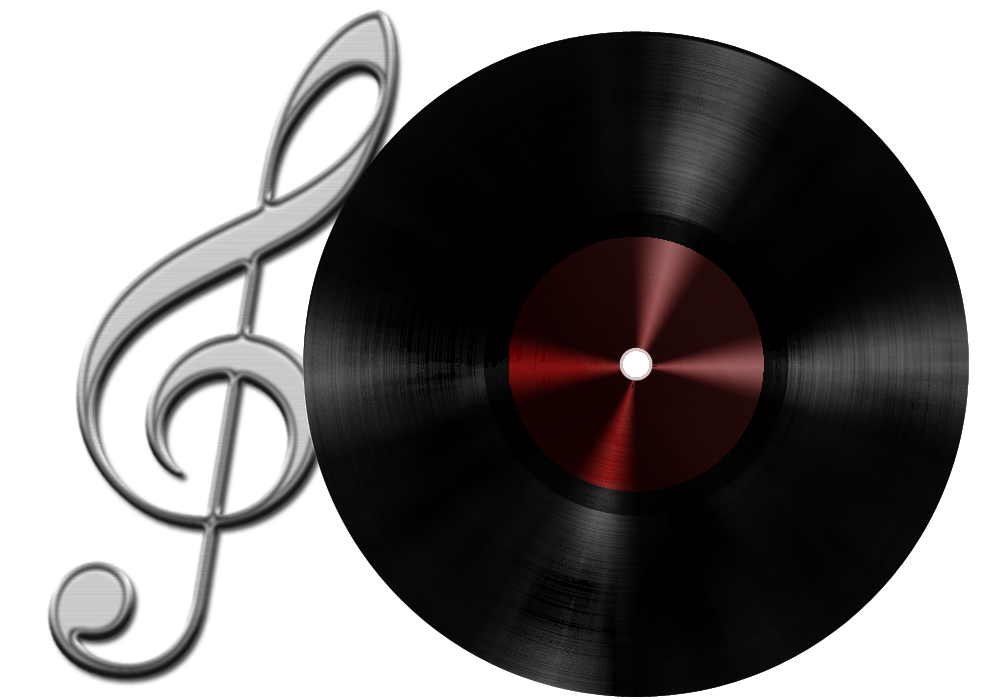
Post-World War II, an edgy modernism was introduced on album covers, and it became fashionable for musicians of the 1960s to invite old art school friends to design their cover art. Eventually photography and typography also took on major roles in the marketing of records. In the following years, record companies would begin utilizing talented artists for cover designs, and effectively kickstarting the careers of many including Andy Warhol, Roger Dean, and Burt Goldblatt. The records housed inside spent most of 1945 on the Billboard Best Selling Popular Record Albums chart, demonstrating the large-scale reach and influence that cover designs would become. Other works acquired from The Record include Texas-based artist Dario Robleto’s monumental triptych of imagined record album covers four photographs by New York artist Xaviera Simmons, from her project Thundersnow Road, North Carolina (commissioned for The Record) five canvas panels by Peruvian artist Alice Wagner, made with colored thread and wax Ī nine-panel suite of photographs by South African artist Robin Rhode a 1989 work by Carrie Mae Weems, Ode to Affirmative Action.The first massively influential record art came about with Nat King Cole’s 'The King Cole Trio' album, which featured images of a double bass, guitar, and keyboard under a gold crown amidst a bold red background. Two sculptures and three videos by Christian Marclay, who lives and works in London and New York, areĪlso inspired by records and music. Japanese artist Taiyo Kimura’s five-minute video, Haunted by You, features scenes of the artist and record players. Afro-Peruvian artist William Cordova created a work on paper and also a column of 3,000 reclaimed vinyl records, entitled Greatest Hits (para Micaela Bastidas, Tom Wilson y Anna Mae Aquash). In the months leading up to The Record, and as the exhibition traveled around the country, the Nasher Museum acquired works by artists in the show. The exhibition included a broad range of works, such as a hybrid violin and record player, Viophonograph, a seminal work by Laurie Anderson David Byrne’s original life-sized Polaroid photomontage used for the cover of the 1978 Talking Heads album More Songs About Buildings and Food a monumental column of vinyl records by Cordova and an important early work by Robleto, who transformed Billie Holiday records in an alchemic process to create hand-painted buttons. Works by Christian Marclay, who has made art with records for 30 years, included his early and rarely seen Recycled Records as well as his most recent record video, Looking for Love.

The artists in the exhibition use the vinyl record as metaphor, archive, artifact, icon, portrait or transcendent medium. The Record presented some of the best, rarest and most unexpected examples. Since the heyday of vinyl, and through its decline and recent resurgence, a surprising number of artists have worked with vinyl records, Schoonmaker pointed out. The Record opened at the Nasher Museum and traveled to the Institute of Contemporary Art/Boston, the Miami Art Museum, now the Perez Art Museum and the Henry Art Gallery, Seattle. Nasher Curator of Contemporary Art at the Nasher Museum, organized the exhibition. museum for the first time (Kevin Ei-ichi deForest, Jeroen Diepenmaat, Taiyo Kimura, Lyota Yagi).

The exhibition featured work by 41 artists, including rising stars in the contemporary art world (William Cordova, Robin Rhode, Dario Robleto), outsider artists (Mingering Mike), well-established artists (Jasper Johns, Ed Ruscha, Carrie Mae Weems) and artists whose work was shown in a U.S.

Through sculpture, installation, drawing, painting, photography, sound work, video and performance, The Record combined contemporary art with outsider art, audio with visual and fine art with popular culture. Bringing together artists from around the world who work with records as their subject or medium, this groundbreaking exhibition examined the record’s transformative power from the 1960s to the present. The Record: Contemporary Art and Vinyl was the first museum exhibition to explore the culture of vinyl records within the history of contemporary art.


 0 kommentar(er)
0 kommentar(er)
